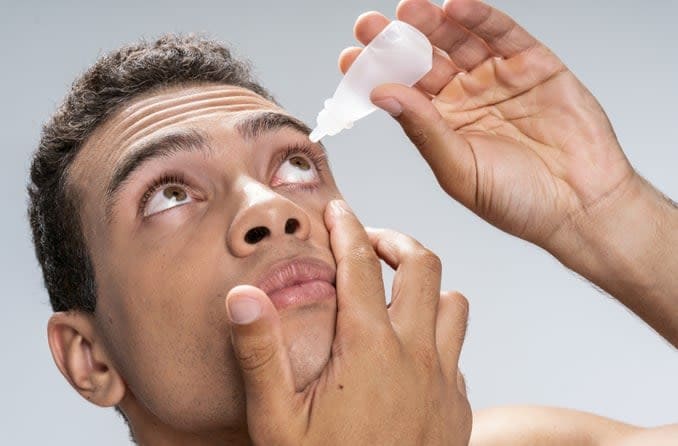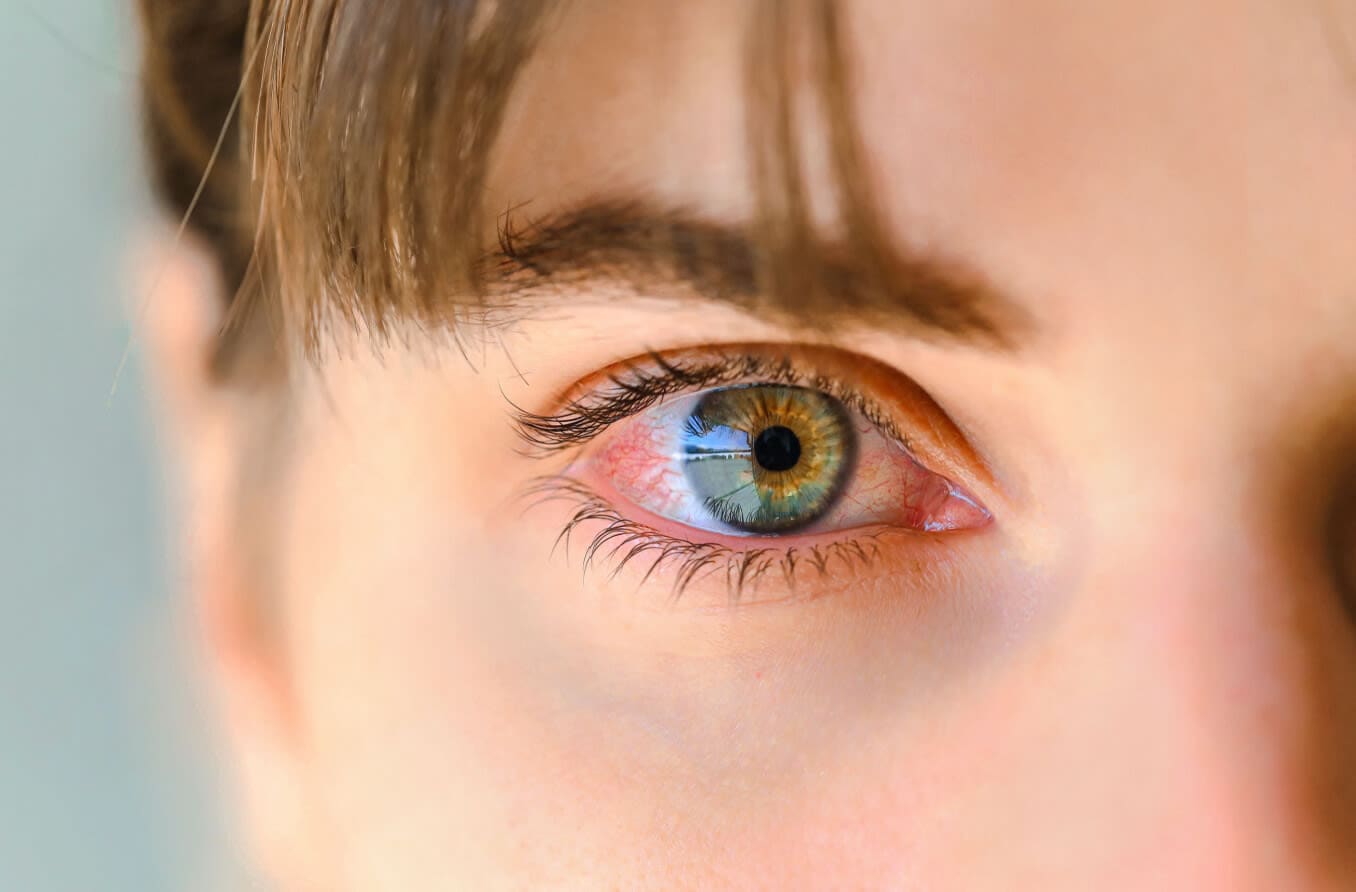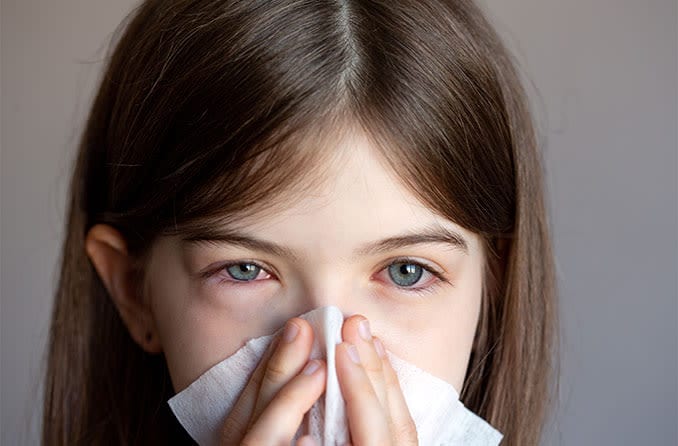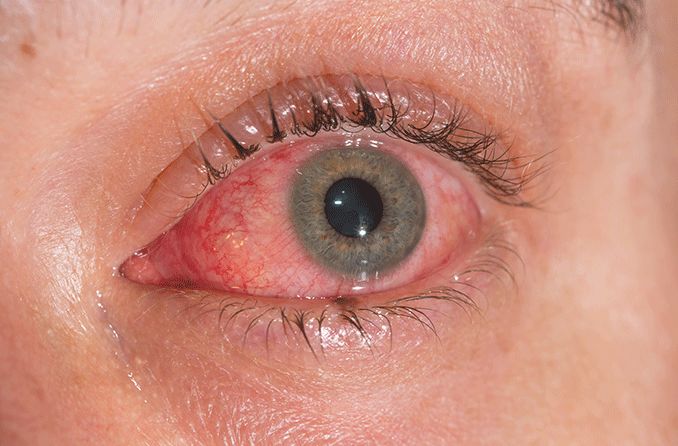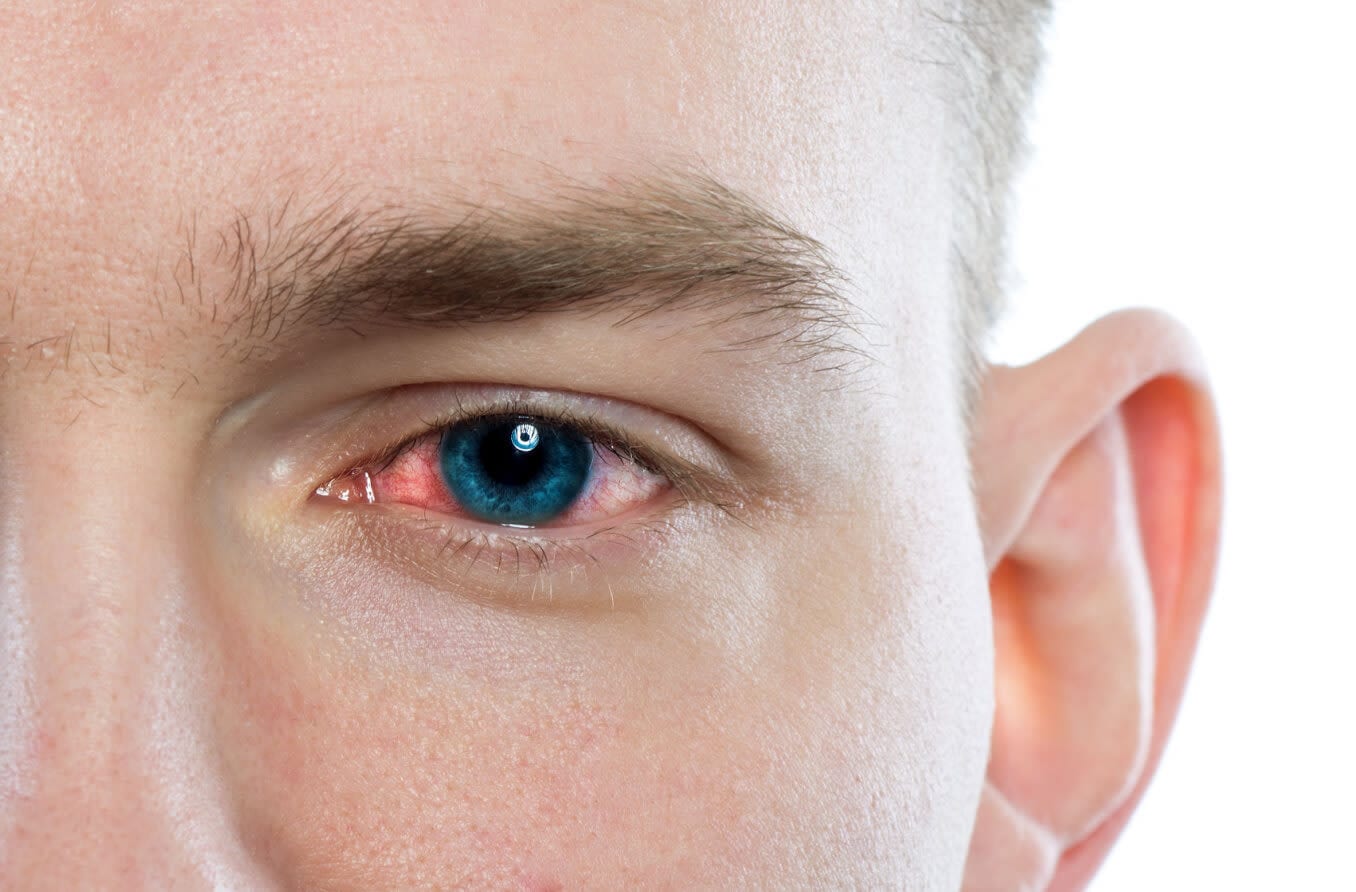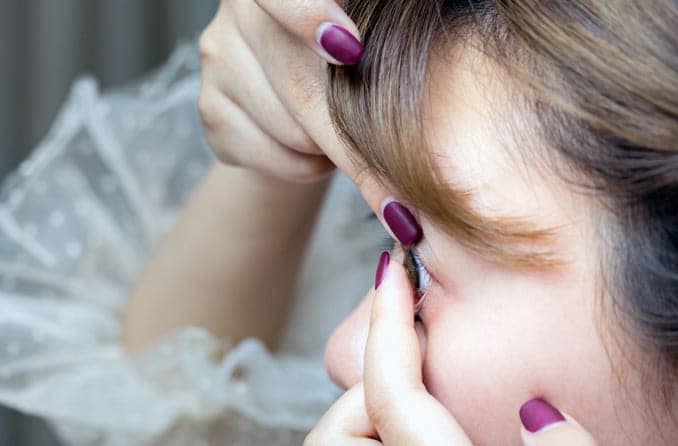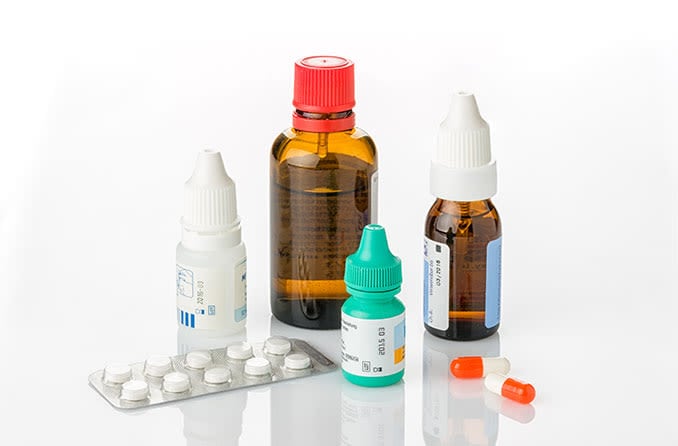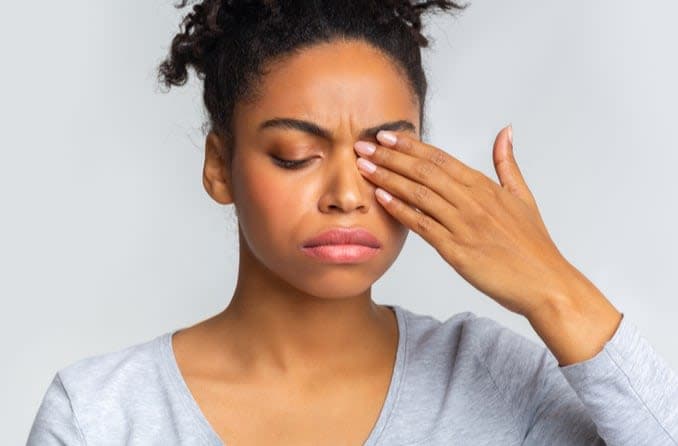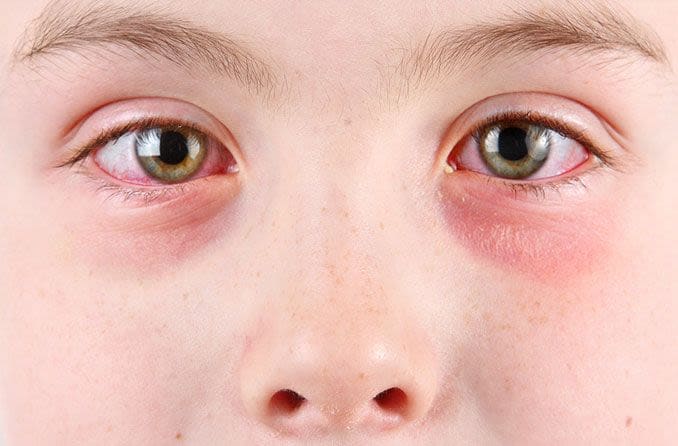Pink eye is conjunctivitis that is caused by a virus. There is no cure for viral pink eye, just as there is no cure for the virus that causes the common cold.
Eye drops used for pink eye are typically nonprescription drops that help alleviate its symptoms until it clears up on its own. In most cases, pink eye lasts from a few days to a few weeks.
However, pink eye is only one of several types of conjunctivitis. When it comes to eye drops for pink eye and the other kinds of conjunctivitis, there are many important things to understand about dosage, use and ingredients. For example, antibiotic eye drops do not work as a treatment for viral pink eye but are usually very effective at treating conjunctivitis caused by bacteria.
Whether you are using over-the-counter or prescription eye drops for conjunctivitis, each should be used as instructed by your eye doctor to treat your condition.
Below, we discuss the appropriate eye drops for each type of conjunctivitis and the basic recommended use for each.
What kind of eye drops should be used for pink eye?
The term “pink eye” is often used to refer to all types of conjunctivitis: viral, bacterial, allergic or irritant. It is important to recognize which type of conjunctivitis you are experiencing, as treatments may differ for each one.
So which pink eye drops will help your particular condition? Generally speaking, these are the most recommended kinds of eye drops to treat each type of conjunctivitis:
Viral conjunctivitis (pink eye): Artificial tears can ease discomfort and other symptoms, but conjunctivitis caused by a virus (such as a cold or upper respiratory infection) cannot be cured with eye drops.
Bacterial conjunctivitis: Antibiotic eye drops, prescribed by a doctor, are the typical treatment for bacterial conjunctivitis.
Allergic conjunctivitis: Artificial tears, lubricating eye drops and some antihistamine eye drops, available over the counter, can aid red eyes and inflammation due to pet hair, pollen and other common allergens.
Irritant conjunctivitis: Artificial tears and lubricating eye drops, available over the counter, may be helpful for symptoms of conjunctivitis brought on by cosmetics, perfumes, environmental pollutants, etc.
Some conjunctivitis may require additional treatment, such as ointments, oral antibiotics and oral pain relievers. Always ask your eye doctor about recommended use before combining more than one medication.
Over-the-counter eye drops for pink eye
Now that you have an idea of what kind of product you need, let’s get more specific about pink eye drops. For viral, allergic and irritant forms of conjunctivitis, the solution you need (pun intended!) is likely located at your local pharmacy.
Over-the-counter pink eye drops are readily available without a prescription. However, certain products may be more helpful depending on the type of conjunctivitis in question — while others should be avoided.
A pharmacist can direct you toward the appropriate eye drops and may recommend some of the following:
Artificial tears
Lubricating eye drops, or artificial tears, can provide relief for the symptoms of viral pink eye, like itching, redness and other discomfort. These drops can also be used periodically to help treat the symptoms of conjunctivitis caused by allergies or irritants.
While artificial tears can be used to help ease the symptoms of viral pink eye, they are not a cure, and the condition must simply run its course.
OTC eye drops to avoid
Artificial tears are a simple and often effective way to treat irritated eyes. While there are many varieties that can moisturize and provide relief for conjunctivitis symptoms, there are some products to avoid.
Specifically, products that state that they are “eye-whitening” and “anti-redness” should not be used. In fact, the American Academy of Ophthalmology warns against these products, as they can cause even more redness and irritation if you use them too often.
Prescription eye drops for pink eye
Depending on the degree of the infection, your eye doctor may prescribe special eye drops for pink eye. Based on the infection, your medical history and allergies (if any), your doctor will be able to select the best option for your condition.
Some of the most common prescription eye drops for pink eye include:
Corticosteroid
When OTC lubricating eye drops aren’t enough, your eye doctor may suggest a prescription strength alternative. Prescription anti-inflammatory eye drops such as corticosteroid (steroids) may be prescribed for patients who experience serious problems related to hay fever and allergic conjunctivitis.
Ofloxacin
A broad-spectrum antibiotic, ofloxacin is used to treat many bacterial infections, including bacterial conjunctivitis. Ofloxacin drops are typically administered four or more times a day, but always follow the instructions given on your prescription and contact your doctor for questions.
Tobramycin
Ophthalmic tobramycin is used to treat eye infections, including bacterial conjunctivitis. The directions for using these drops is typically once every four hours per day, for up to one week. However, your doctor will confirm the best use for your condition.
Ciprofloxacin
Ciprofloxacin, available as both an ointment and eye drop solution, is typically prescribed to be used every two hours or until the infection begins to clear up. As with any prescription medicine, your doctor will give you specific directions for proper use.
Antibiotic eye drops are only used for bacterial conjunctivitis, as they treat bacteria-related infections. They are not designed to treat other types of pink eye (allergic, viral or irritant) and should not be used to do so.
How to use eye drops for pink eye
Using eye drops for pink eye correctly and efficiently depends on the ingredients in the drops themselves, as well as the amount your infection requires. Eyes are sensitive to begin with — factoring in an infection requires additional care. That’s why it is critical to follow your eye doctor’s recommended usage and dose, especially for prescription drops.
Like all medicine, pink eye drops include instructions for use, typically located on the box or the bottle itself. If you have questions or concerns, don’t hesitate to consult your pharmacist or eye doctor.
What to do if pink eye persists
Additional treatment may be required if your pink eye symptoms last longer than a week or two. If this happens, be sure to see an eye doctor and report your symptoms and any products you may already be using to treat your pink eye. This includes prescribed treatments, over-the-counter products and home remedies.
It’s also important to see your eye doctor if your symptoms persist to make sure it’s not a more serious type of eye infection.
Prone to pink eye infections? This pink eye prevention guide recommends frequent hand washing and wearing goggles when swimming (just to name a few things you can do). Pink eye is extremely contagious, which makes your efforts to prevent it even more important.
SEE RELATED:
